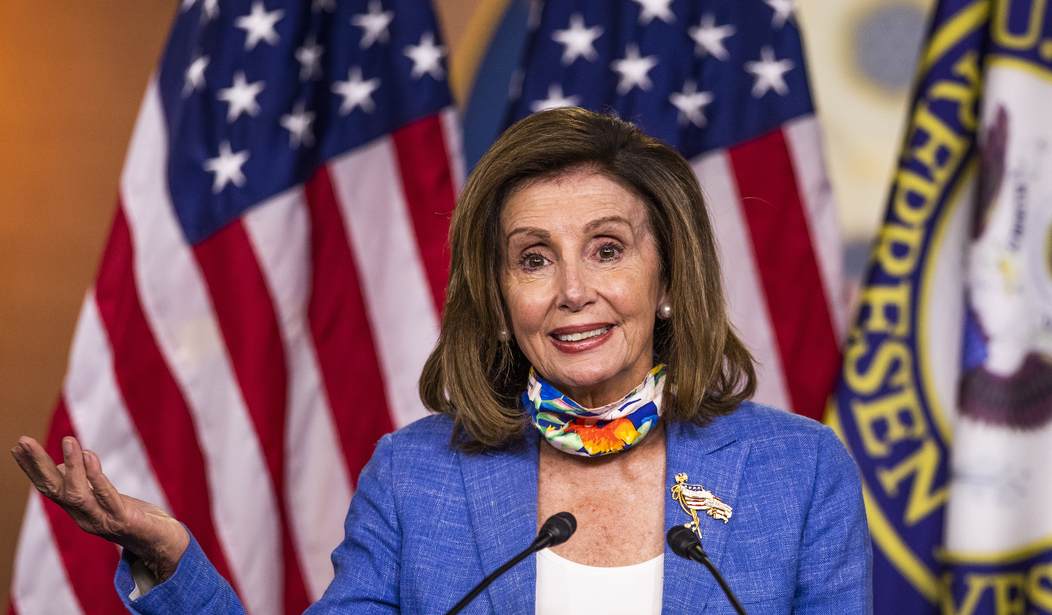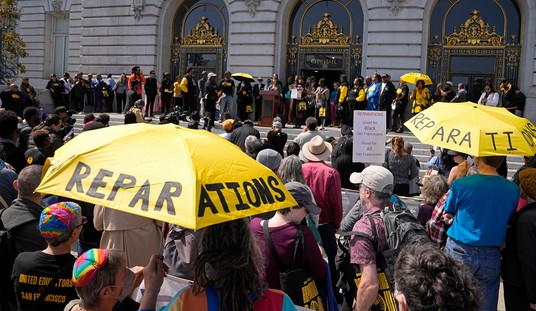Robert E. Lee thought there should be no statues or memorials commemorating soldiers who fought in the Civil War. Such tributes would cause further division, he believed.
That prescient thought has now materialized – about 150 years after the fact. One reason why it has taken so long maybe that so many people have forgotten why the war was fought. In editorial after editorial, in commentary after commentary, we are now being told that the North fought to end slavery and the South fought to keep it. This was a war of good against evil. Southerners fought on the side of evil and hate.
History says otherwise. From the earliest days, the goal of the North was to force southern states back into the Union – slaves and all. Five slave states actually fought for the North. President Lincoln’s Emancipation Proclamation didn’t apply to the slave states that stayed in the Union or to any rebel state that rejoined the Union.
It really was a war of brother against brother and father against son. Northerners were generally anti-slavery. But they were also anti-black. In fact, there was virtually no difference in northern and southern attitudes toward blacks.
The Civil War had a good outcome. The Northern victory allowed Congress to pass a constitutional amendment ending slavery forever. But nobody thought that was why they were fighting when the war began.
Maybe all the Civil War statues should come down, as Lee recommended.
But my first choice would not be a statue of Robert E. Lee. It would be the statue of William Tecumseh Sherman in New York City’s Central Park. Sherman engineered a campaign of terror against civilians – first by burning Atlanta to the ground and then by leading a wide swath of merciless destruction all the way across the South to the sea. The tens of thousands of victims included black families, who no doubt suffered more than white families did.
Recommended
Lee, by contrast, never made war on civilians. In the end, he almost singlehandedly convinced the South to accept defeat. And he was likely the main reason why the South didn’t engage in guerrilla warfare, which could have gone on for many years and cost many more lives.
Beyond the Civil War, the name-changers and the statue-destroyers have targeted the Founding Fathers, as I noted in Part I.
In a searing New York Times editorial, Charles Blow gives a horrific account of what it was like to be shackled aboard a slave ship and transported to the New World. Whom should we blame for the so-awful-it’s-hard-to-read tale of human suffering? The African warlords who captured their people and made a lucrative business out of selling them? The slave traders who became the business partners of the warlords?
No. Blow aims his full fury at George Washington!
And what did the “father of our country” do to deserve this sort of editorial rebuke? He owned slaves. Honoring Washington honors slavery, according to Blow.
But, wait a minute. Did I say that Blow writes for the New York Times? Where did the name York come from?
Turns out it comes from James II, Duke of York. And he was a slave trader!
Not just any slave trader. He led the Royal African Company, which shipped more African slaves to the Americas than any other institution in the history of the Atlantic slave trade.
From what I can tell, Washington never actually bought a slave. His slaves were acquired by marriage and inheritance and he freed them at his death. By contrast, the namesake honored by Blow’s employer and the city and state where he works was perhaps the most notorious slave trader who ever lived!
Then there is Yale University. In some ways, it is the academic fountainhead of social-justice agitation. So what’s the latest problem in New Haven? Turns out that Elihu Yale, for whom the university is named, was another slave trader! And if “disreputable slave trader” is not a redundancy, he was that as well.
I think the name changers have set their sights too low. The names “New York” and “Yale” deserve scrutiny. The name “Democratic Party” deserves even more.
In Wrong on Race: The Democratic Party’s Buried Past, Bruce Bartlett finds that the party’s history and the history of American racism are almost one and the same. The Democratic Party, after all, was the party of slavery, the party of segregation, the party of Jim Crow, and the party of the Ku Klux Klan.
In the modern era, there are two myths the party has been careful to cultivate: (1) that Democrats changed their minds about race and (2) that racists switched parties and became Republican.
Take the Civil Rights Act of 1964. It did require Lyndon Johnson’s skills as a legislator. But Johnson used the N-word openly and often – even while championing civil rights. Throughout the ‘60s, ‘70s, and ‘80s the Kennedys, the Gores, and the Byrds welcomed southern segregationist politicians to their party with open arms.
Strom Thurmond was a high-profile southern Democrat who switched parties. But that was rare. The vast majority of Dixiecrats remained loyal Democrats their whole lives.
If Democrats want a clean break with the party’s disreputable past, what should its new name be? How about the Woke Party?
























Join the conversation as a VIP Member